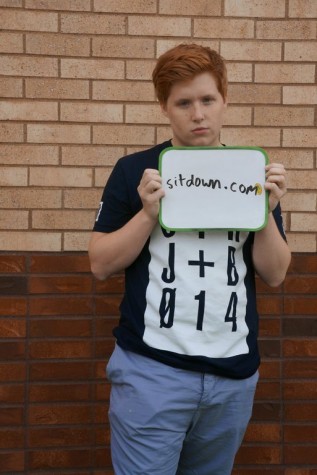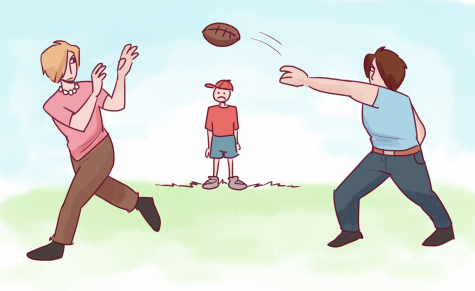How Streaming is Quickly Changing Music
www.musicclout.com
With streaming services such as Spotify, Rdio, and iTunes Radio, the way we listen to music is quickly changing. Five years ago, iTunes was the primary source of music for many. These days, it’s hard to go on Facebook and not see what someone is listening to on Spotify. Of course, with this shift comes many changes, some of which are having a negative impact on the music industry.
First off, indie artists are suffering. Indie artists often rely on local record stores and tours to stay afloat, but local music stores are struggling for survival as music is mostly online nowadays. Streaming services such as Spotify also contribute to this. Spotify is notorious for being sly about how much it pays per stream. It was only recently that Spotify confirmed that they pay on average $0.007 per stream, while Apple keeps 30% of the proceeds of digital downloads in iTunes, meaning $0.29 of a $0.99 song. This makes it extremely difficult for artists with a smaller reach to make a living off music.
Streaming is affecting mainstream artists, too. Take Lady Gaga, whose 2011 album “Born This Way” sold 1.2 million copies in its first week. A couple weeks ago, Gaga released “ARTPOP,” which moved merely 250,000 copies. Sure, that’s a great number for most artists, but for Gaga, it’s not too impressive.
And Gaga isn’t the only artist to experience a major sales drop-off. The highest first-week album sales for a female in 2013 so far is Katy Perry’s “Prism,” with 286,000 copies sold. In 2012, it was Taylor Swift, whose “Red” sold 1.21 million units in its first week. This is a major dropoff for just one year, but Spotify’s user base has gone from eleven million in 2011 to twenty million in 2012, and its users have listened to 4.5 billion hours worth of music in 2013 alone, which could explain the decline in album sales.
In February of this year, Billboard announced that they would start tracking YouTube video views as a part of their Hot 100 chart. This has proven to be a game changer for the famous chart, as shown through Miley Cyrus’ song “Wrecking Ball.” Cyrus broke the YouTube/Vevo record for most first-week views with a whopping 19.3 million back in September. The next week, “Wrecking Ball” immediately snatched the number-one spot on Billboard’s Hot 100 chart. As views for its music video slowed down, so did its chart position on Hot 100. However, because of a parody video that received sixteen million views in one week, it charted back at number one, nine weeks after its first reign, with less than 100,000 digital downloads. This shows the extreme power viral videos hold in the success of the song.
Another instance is the viral phenomenon that started earlier this year called the “Harlem Shake.” The song garnered minimal airplay, an important factor in the Hot 100, yet still charted at number one for three weeks. This is because it got over one hundred million YouTube views and streams in just one week.
So why does this all matter? Well, first, it shows the change that has occurred only in the past few years. Streaming is now a popular thing, and it will only increase in popularity as times passes. Secondly, it’s not very lucrative. Artists receive minimal amounts of royalties for streams, and that is before the royalties must be split between management or record labels. As streaming becomes more popular, we must be more aware about the artist. Mainstream artists aren’t affected as much, but next time you’re at a local concert, consider purchasing a physical CD or digital download.

Drew Davis decided that it would be pathetic to recycle his sophomore year bio a third time, so he wrote a new one. Drew is thrilled to be online editor...











